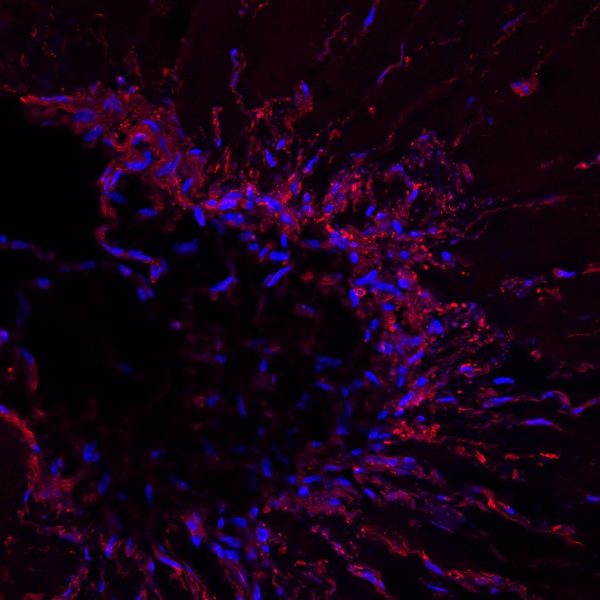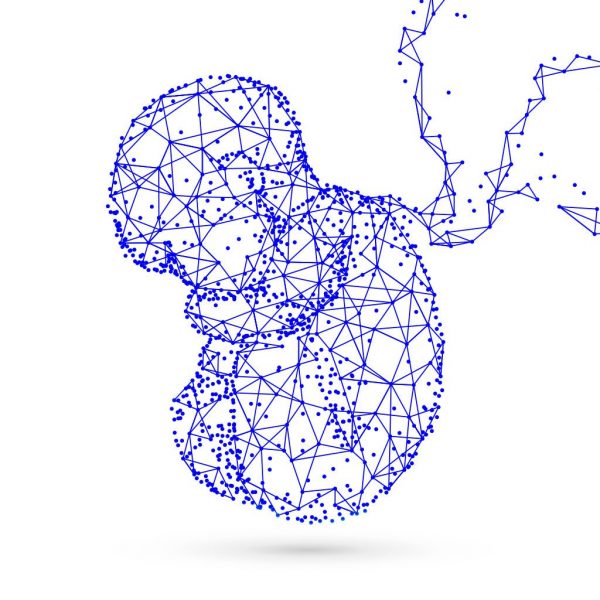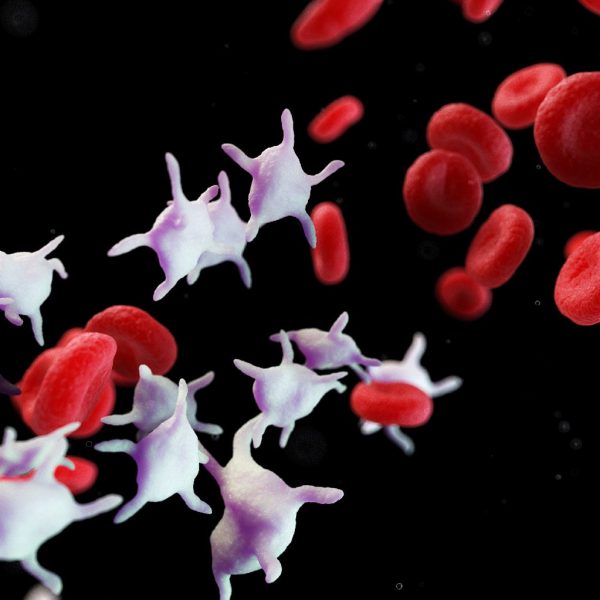Sustainable Tissue Engineering Practices (STEP)
STEP encompasses the principles, steps and practices that guide how we work toward the United Nations Sustainable Development Goals. Following the principles of the 3Rs (replace, reduce, refine) for animal experimentation, we focus on replacing the use of animals in biomedical research and regulatory safety testing (eg, cosmetics industry).
We develop advanced bioprinting technologies that enable the creation of alternative methods, like 3D cell culturing and tissue modeling, to replace animal testing. We support and promote the groundbreaking research our customers have achieved with our bioprinters and biomaterials. Being a part of the bioconvergence revolution, our cross-discipline collaborations with innovators in product design and mechanical and software engineering are an integral part of fulfilling our corporate responsibility to sustainably shift away from using animals in the lab.
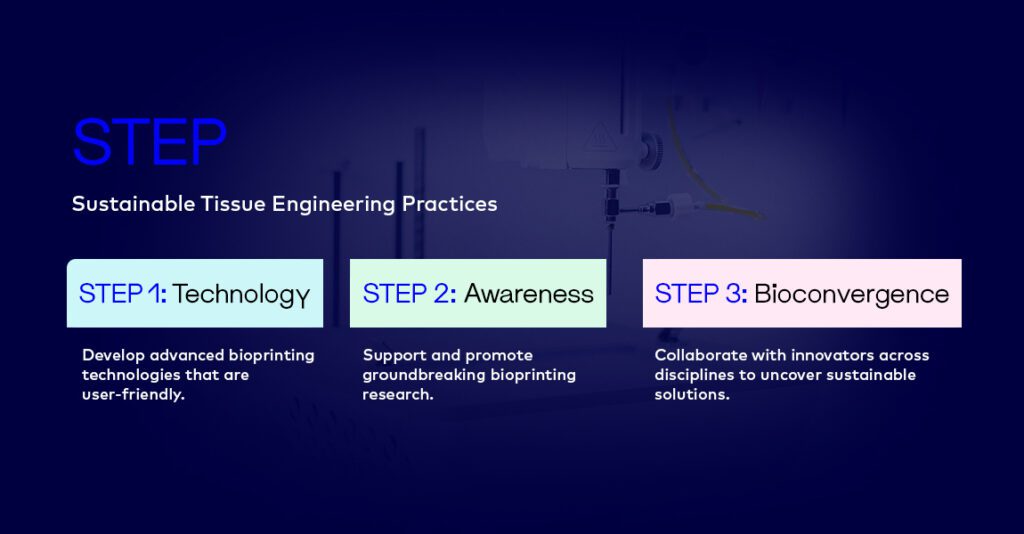
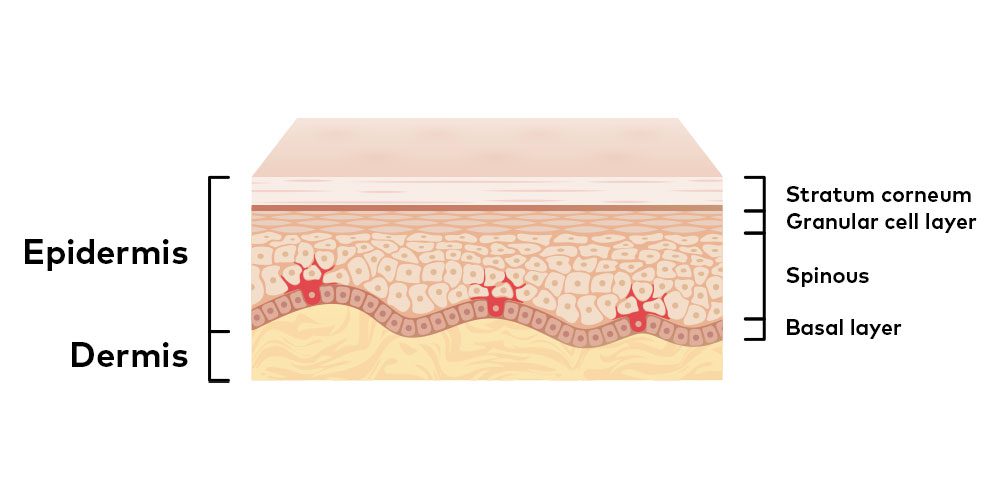
As a full-service supplier for bioprinting researchers, we are also working on manufacturing preprinted tissue models. In a joint effort with MatTek, another BICO company, CELLSkin, is being developed as a bioprinted skin model with no animal-derived components that can replace the use of animal testing. CELLSkin models will be shipped ready to use with no need for expensive and cytotoxic cryopreservation in transit.

Recapitulated the geometrical complexity of the brain and generated brain models to study normal development as well as disease mechanisms.

An innovative 3D tendon model was bioprinted onto a plant-based scaffold with adipose-derived stem cells, then cultured in xenogeneic-free medium for a truly animal-free model!

Developed a neural model that could be used in the biofabrication of microphysiological neural systems.

Combined stereolithography bioprinting and extrusion-based bioprinting for the high-throughput fabrication of artificial corneal structures that could be translated to clinical testing and used for transplantation.

A microfluidic-integrated 3D tumor immune microenvironment-on-a-chip was devised to study neutrophils interactions with ovarian cancer cells and understand the involvement of immune cells in different cancers.

Merged 3D bioprinting and computational fluid dynamics to bioprint patient-specific artery models, based on computer tomography images, that could be used to train surgical teams and personalize therapeutic approaches.
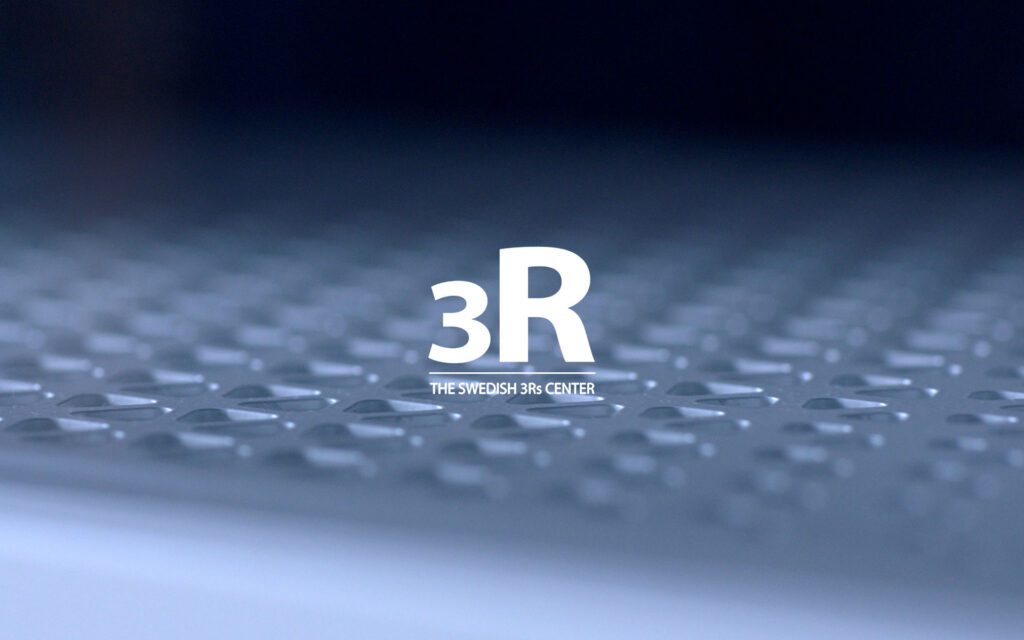
The Swedish 3Rs Center is an assembling arena for knowledge and progress when it comes to replacing, reducing and refining animal experiments in Sweden. The Center is steered by the Swedish National Committee for the Protection of Animals used for Scientific Purposes and regularly organizes events to promote animal-free research approaches.
CELLINK will use its web platform to help the Swedish 3Rs Center reach more researchers.
We are proud to be part of the bioconvergence revolution. We invest in impactful collaborations with other innovators to amplify synergies and develop new technologies.
